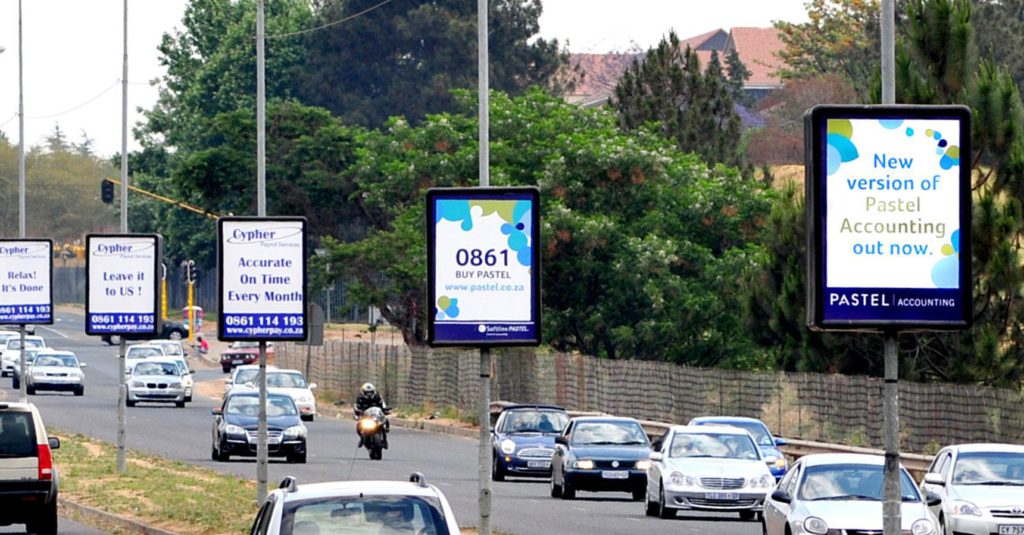You and I often see various outdoor advertisements, which are placed in the form of stickers, posters, colorful ads on boards, huge billboards, roofs, etc. Nowadays, advertising on poles has gained particular popularity. Let us consider in more detail in the article what it is and what its features are.
Appearance
To attract a potential client, many companies try in every possible way to declare their goods or services, that is, to advertise them. Among others, advertising on lighting poles (or otherwise called a holder) is considered one of the most effective. What is she like? This is a double-sided banner design, usually on a vinyl basis, of relatively small size. Such structures are attached using brackets to lighting poles that stand along a highway or a regular city road. Sometimes, instead of vinyl plates, ordinary dense flags may develop.
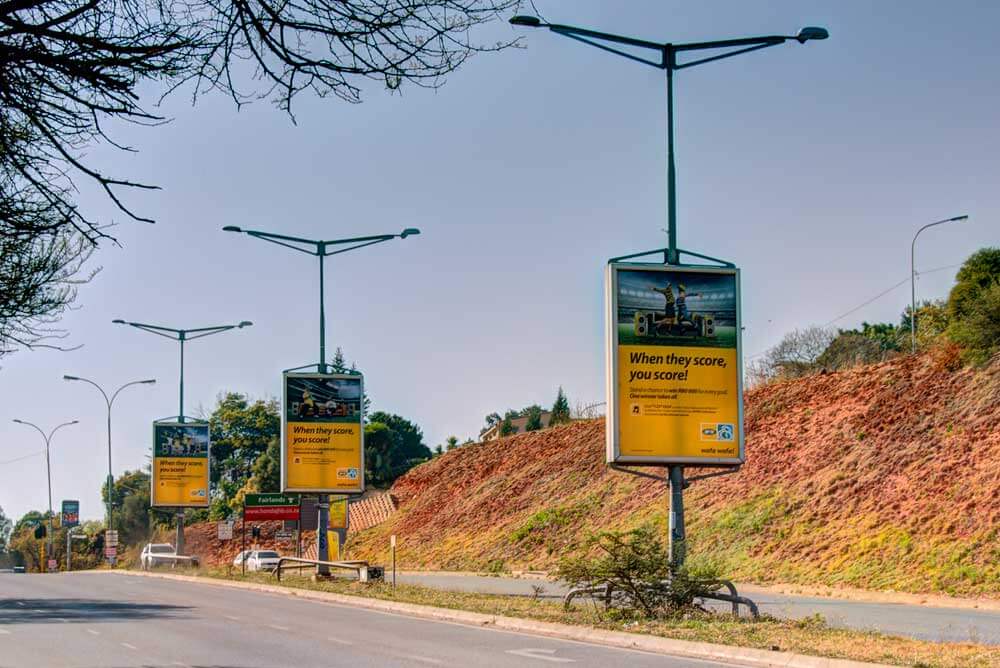
Types of Advertising
While driving, drivers of cars, motorbikes and other vehicles, as well as their passengers and even pedestrians, looking at advertisements placed on poles, see a series of similar repeating pictures, and all this merges into a single image. In this case, it is simply impossible not to notice the message from the advertiser. In addition, it is convenient to place directional arrows on such holders that lead to the location of a particular beauty salon, store, office, service station, etc.
According to the purpose of placement and other specifics, advertising on poles can be divided into several subtypes
- Image. This type does not provide for the placement of complete information, but only gives a hint of a trademark in order to incline future customers towards this company.
- Political. It becomes especially popular during the election campaign and is aimed at focusing on a particular candidate (party).
- Retail and retail. It is placed near shopping centers or enterprises in order to attract as many target audiences as possible.
- Background. It is a signpost directing drivers and pedestrians towards the advertised object (factory, store, salon).
- Social. Intended for a specific audience (e.g. retirees, youth, children).
Benefits
Advertising on tablets on road lighting poles is very popular in our time and has several advantages over other types of advertising products.
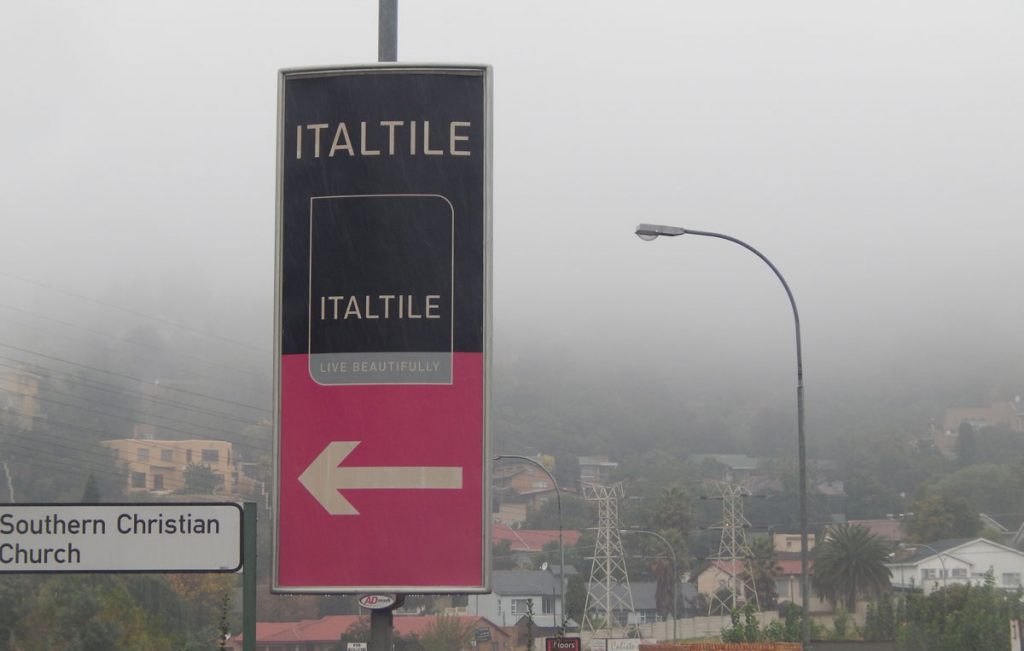
It is worth noting the following positive features.
- If several banners with the same images are installed in a row, it is difficult not to notice them, and therefore the message works.
- Labels on poles are very convenient to install, which is beneficial for both the advertiser and advertisers. Since they are placed directly under the lights, they do not require additional lighting, they can be seen 24 hours a day.
- A number of images with image advertising creates a special relation to the advertised brand and increases its recognition, and, consequently, increases the company's revenues.
- Despite the low cost, advertising on poles is quite effective, since the number of calls is the same as when placed on boards.
Also, the advantages of such advertising include the low energy cost of delivering it to the audience - there is no need to go around and post it, as is done with leaflets that are placed in mailboxes and pasted on advertising poles. It is unobtrusive - no need to look for a trash can and go throw all these colorful papers.
disadvantages
The main disadvantage of advertising on lampposts is that one plate will not attract proper attention and, most likely, will go unnoticed during the fast movement of the traffic stream. In order for the advertisement to work, it is necessary to create the rhythm of several similar holders in a row (like a series of photo frames) in order to fix the submitted information.
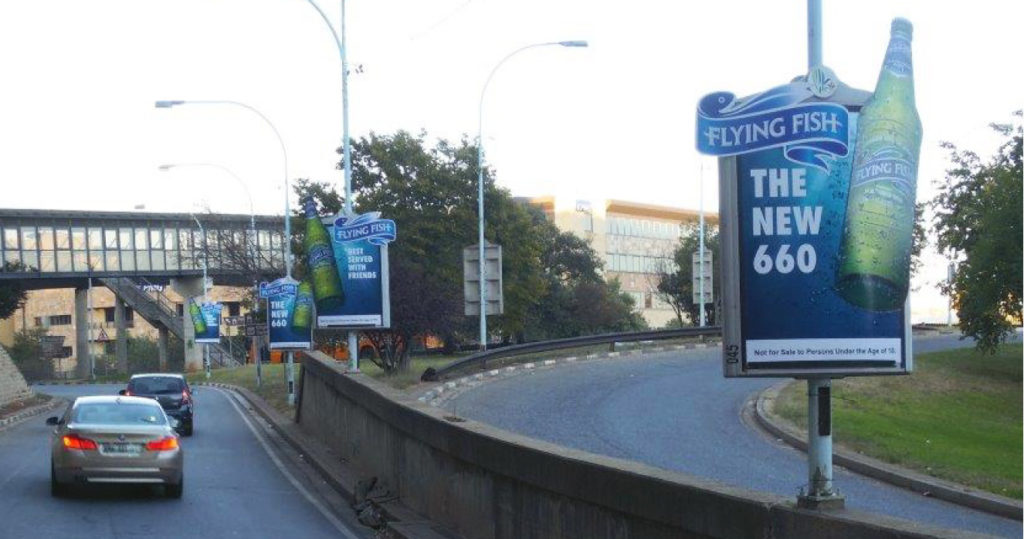
According to the supporters of safe traffic, and the road inspectors themselves, too frequent advertising, flickering in front of the eyes of drivers, threatens to distract attention from the road and leads to a violation of traffic rules. And this, in turn, threatens with accidents and injuries, sometimes fatal.
As for the opinion of the audience itself, if the advertising signs on the posts have been hanging for too long, then such information is no longer of interest, but, on the contrary, annoying and causes a negative reaction.
Posting Rules
Advertising on pillars is regulated by the law “On Advertising” and regulatory legal acts of the constituent entities of the Russian Federation, as well as by local authorities. From the legislative point of view, advertising is information that is distributed in any way and by using any means aimed at a certain circle of people and to draw attention to the advertised object, creating interest in it with a view to promoting it on the market.
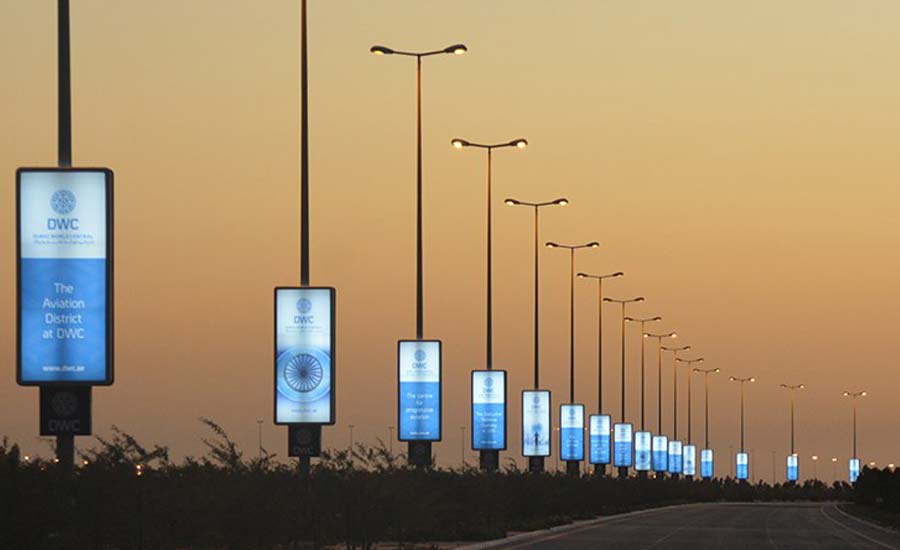
In particular, advertising on lampposts refers to outdoor (or street) advertising, and for its placement the following formalities are necessary:
- written consent from the owner to advertise on his property;
- permission from local authorities;
- coordination with the architect of the city (or the corresponding service) and the committee engaged in landscaping;
- an agreement with the owner of the property where the banners will be placed;
- payment of the state fee for obtaining permission to install advertising.
Violations and fines
The observance of clear rules is monitored by the federal service, which at any time can withdraw a permit issued even by local authorities. In addition, if advertising on pillars was incorrectly installed, the fine can reach a decent size. In case of non-implementation of corrections, advertising may be required to be dismantled. If the advertiser is not found, then the owner of the real estate or territory where the advertising structures are located receives the same order.
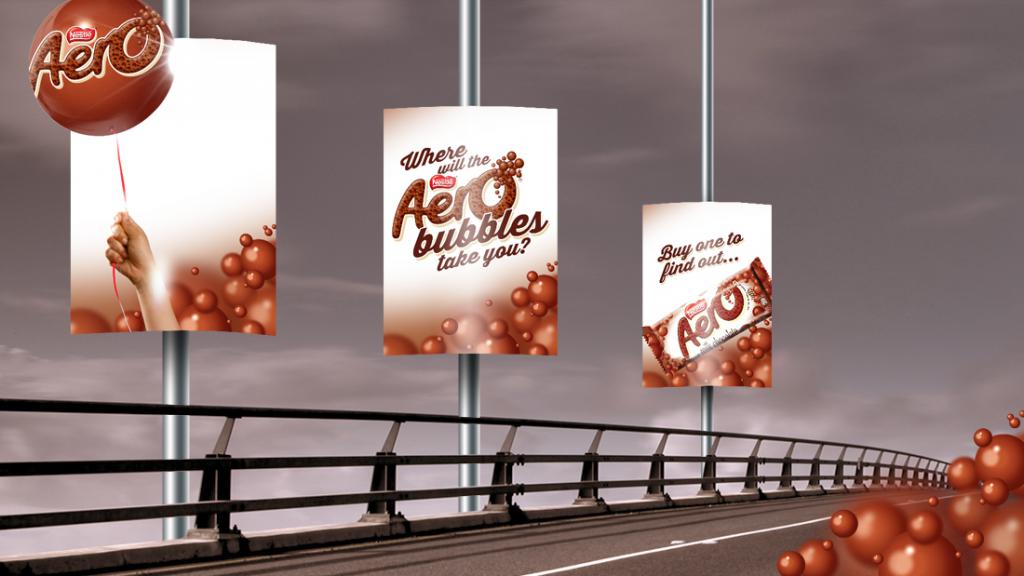
Dismantling, as a rule, is done within a month. If the advertiser (or advertiser) wishes to appeal the order received in court, this must be done within three months from the receipt of the document. Penalties for unauthorized installation of advertisements for individuals are up to 1.5 thousand rubles, for legal entities - up to 1 million rubles, for heads of state of emergency (IP) - up to 5 thousand rubles.
